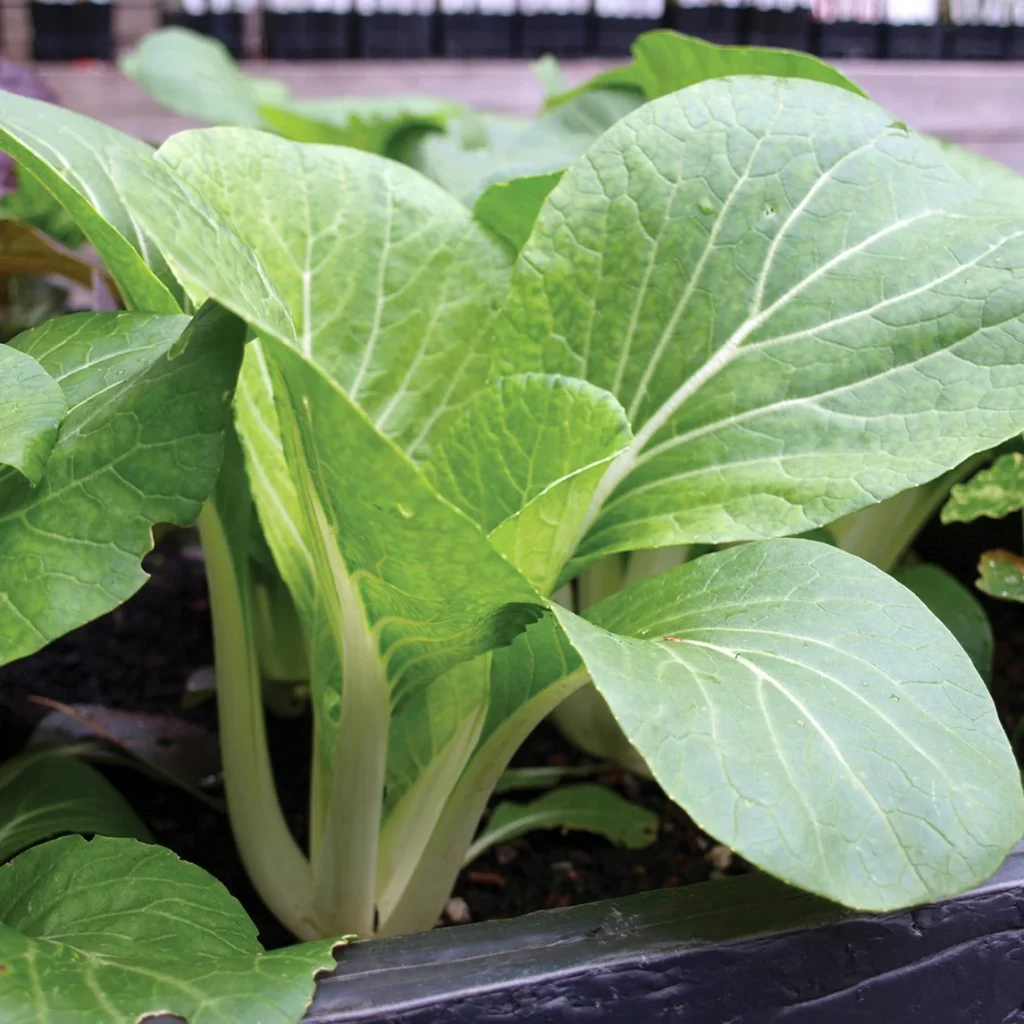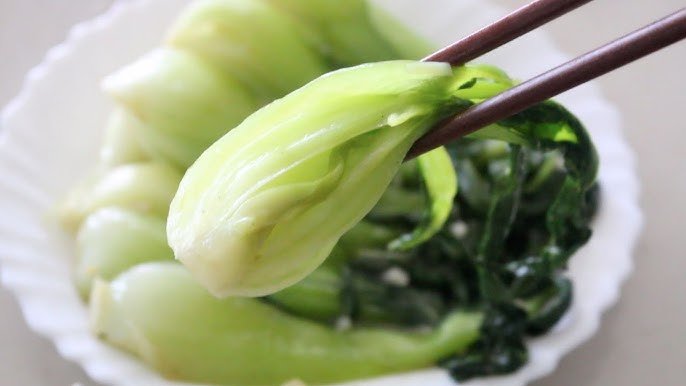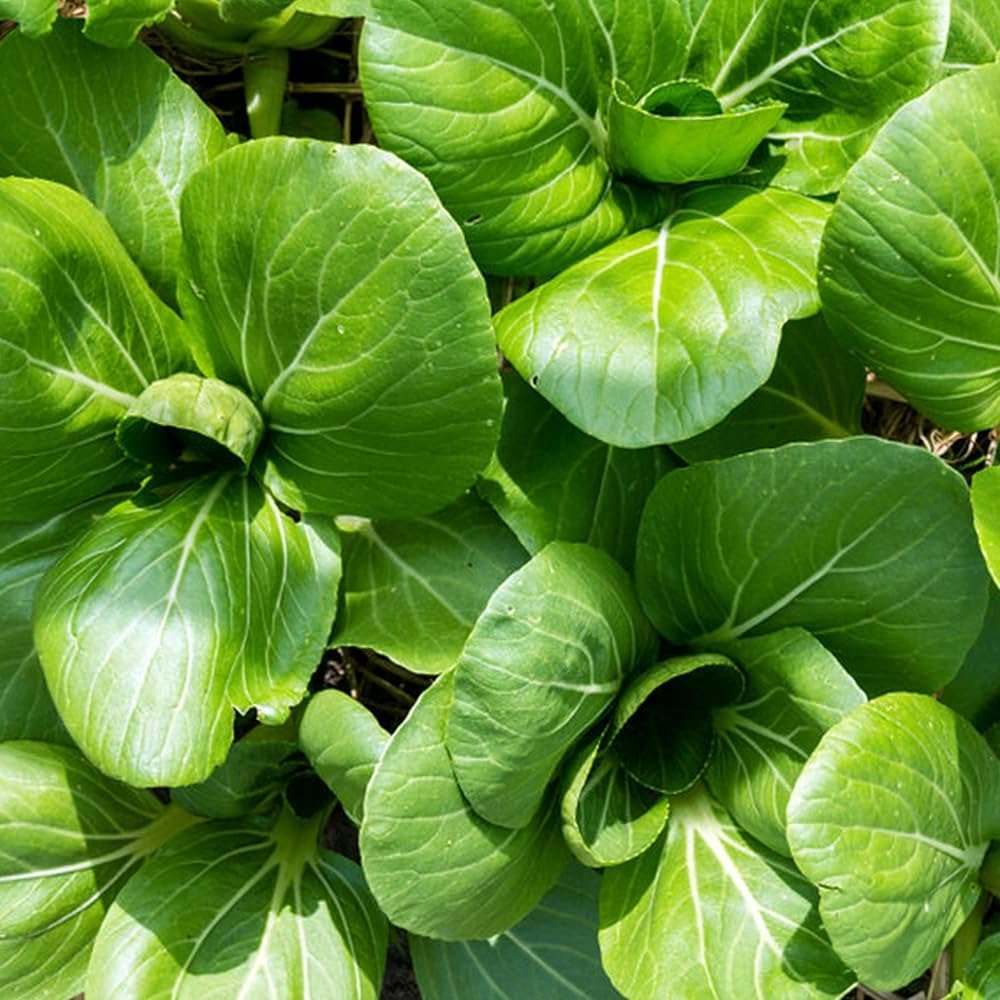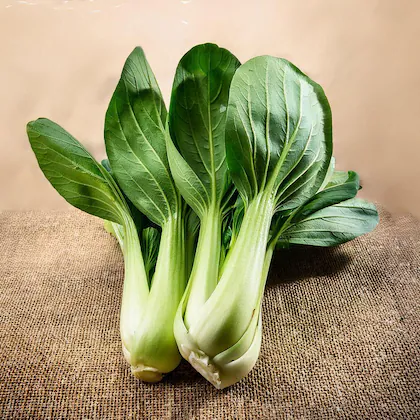In the ever-evolving world of healthy eating, one leafy green is rapidly finding its way into American kitchens, restaurants, and home gardens — Pak Choi. Also known as Bok Choy or Chinese cabbage, this vibrant vegetable is celebrated for its crisp stems, tender leaves, and delicate peppery flavor.
Once considered an exotic Asian ingredient, Pak Choi has now become a mainstay in American cuisine — from stir-fries and soups to smoothies and salads. Its versatility, nutritional value, and easy adaptability make it one of the fastest-growing greens in popularity across the U.S., especially among health-conscious food lovers and home cooks looking to add a global twist to their meals.
In this article, we’ll dive deep into what makes Pak Choi a true superfood, explore its health benefits, learn how to grow it in your garden, and discover delicious ways to cook it — American-style.
What Exactly Is Pak Choi?

Pak Choi (Brassica rapa chinensis) is a member of the cruciferous vegetable family, which includes broccoli, kale, and cabbage. It originated in China over 1,500 years ago and has been a staple in Asian cuisine ever since.
The plant features spoon-shaped dark green leaves and thick white or pale green stems. Its mild, slightly mustard-like flavor and satisfying crunch make it incredibly versatile in the kitchen.
In the U.S., Pak Choi has gone from being a niche Asian vegetable to a farmers’ market favorite, commonly found in grocery stores such as Whole Foods, Trader Joe’s, and local co-ops. It’s prized for both its flavor and nutrition — offering a refreshing balance between crisp texture and delicate sweetness.
Nutritional Profile: Why Pak Choi Deserves Superfood Status
Pak Choi is a nutrient powerhouse in a low-calorie package. A single cup of cooked Pak Choi contains only about 20 calories but is rich in vitamins, minerals, and antioxidants that support overall health.
Here’s why it’s earning “supergreen” status among Americans:
- Loaded with Vitamins A, C, and K
- Vitamin A supports vision and immune function.
- Vitamin C helps with collagen production and skin health.
- Vitamin K strengthens bones and regulates blood clotting.
- Excellent Source of Calcium, Magnesium, and Iron
These minerals keep your bones strong and muscles functioning efficiently. - Supports Heart Health
High in folate and potassium, Pak Choi helps reduce blood pressure and supports cardiovascular wellness. - Rich in Antioxidants and Phytochemicals
Compounds like beta-carotene and quercetin help reduce inflammation and protect against chronic diseases. - Fiber-Filled and Weight-Loss Friendly
Its fiber content aids digestion, promotes fullness, and supports a healthy gut microbiome.
No wonder dietitians across America recommend Pak Choi for anyone looking to eat clean and stay energized.
Growing Pak Choi in Your American Garden

One of the reasons Pak Choi is thriving in the U.S. is its ease of cultivation. It grows quickly, doesn’t demand much space, and thrives in cooler climates — making it perfect for spring or fall planting.
Here’s a quick guide for home gardeners who want to enjoy fresh, organic Pak Choi right from their backyard:
1. Best Climate and Timing
Pak Choi prefers cooler weather, ideally between 55°F and 70°F.
- In northern states, plant seeds in early spring or late summer.
- In southern states, fall and winter crops perform best.
2. Soil and Sunlight
Use loamy, well-drained soil rich in compost.
Pak Choi enjoys full sun to partial shade — about 4–6 hours of sunlight daily.
3. Planting and Spacing
Sow seeds about ¼ inch deep and 6 inches apart.
You can start harvesting baby leaves in 3–4 weeks or wait 6–8 weeks for mature heads.
4. Watering and Care
Pak Choi grows fast but needs consistent moisture. Water regularly and mulch to retain soil humidity.
5. Pests and Protection
Keep an eye out for aphids, slugs, and cabbage worms. Use organic neem spray or companion plants like marigolds to deter pests naturally.
With just a little attention, you’ll have crisp, farm-fresh Pak Choi ready to harvest — and it tastes far better than anything you’ll find at the grocery store.
Cooking with Pak Choi: American Recipes with an Asian Twist

Pak Choi’s mild, crunchy texture makes it incredibly flexible in both traditional Asian and modern American dishes. Whether you’re tossing it into a stir-fry or adding it to a creamy soup, it absorbs flavors beautifully while maintaining its delightful crunch.
Here are some of the most popular American-style recipes to try:
1. Garlic Stir-Fried Pak Choi
A quick and healthy side dish that pairs perfectly with grilled chicken or salmon.
- Heat sesame oil in a skillet.
- Add minced garlic and chili flakes.
- Toss in chopped Pak Choi and stir-fry for 3–5 minutes.
- Finish with a drizzle of soy sauce and a sprinkle of sesame seeds.
2. Pak Choi and Mushroom Soup
This warming bowl combines Asian simplicity with American comfort food vibes.
- Sauté onions, mushrooms, and garlic.
- Add vegetable broth and chopped Pak Choi.
- Simmer for 10 minutes and season with soy sauce, ginger, and black pepper.
3. Pak Choi Caesar Salad
A twist on the classic American Caesar — swap romaine for Pak Choi!
- Chop fresh Pak Choi leaves.
- Toss with Caesar dressing, croutons, and Parmesan cheese.
- Add grilled shrimp or chicken for extra protein.
4. Pak Choi Smoothie
Blend young Pak Choi leaves with pineapple, green apple, and coconut water. It’s a refreshing way to start your morning with a nutritional boost.
5. Grilled Pak Choi with Lemon Butter
Brush halved Pak Choi heads with olive oil, grill for a few minutes, and top with lemon butter. It’s smoky, crisp, and perfect for summer barbecues.
Pak Choi in American Cuisine: A Growing Trend

Across the U.S., Pak Choi is emerging as a favorite in both restaurant menus and home kitchens. It perfectly fits modern American culinary trends:
- Health-Conscious Eating:
With fewer calories and more nutrients, Pak Choi is ideal for weight-loss diets and plant-based meal plans. - Fusion Cuisine:
American chefs love experimenting — combining Eastern ingredients like Pak Choi with Western flavors such as parmesan, butter, and balsamic glaze. - Farm-to-Table Movement:
Local farms from California to Vermont are now growing Pak Choi organically, making it a fresh, sustainable choice for eco-conscious consumers. - Home Gardening Boom:
The post-pandemic gardening trend has encouraged Americans to grow Pak Choi in containers, patios, and even hydroponic systems.
In short, Pak Choi is no longer just an “Asian vegetable” — it’s become a cross-cultural favorite that fits seamlessly into the American food scene.
Health Benefits of Regularly Eating Pak Choi
Including Pak Choi in your diet a few times a week can have noticeable health benefits:
Boosts Immunity – High Vitamin C and antioxidants keep your immune system strong year-round.
Improves Digestion – Fiber helps maintain a healthy gut and prevent bloating.
trengthens Bones – Vitamin K and calcium make it excellent for bone density.
Enhances Skin Glow – Antioxidants and Vitamin A promote clear, youthful skin.
Supports Weight Loss – Low-calorie, high-fiber food that fills you up without guilt.
Detoxifies Naturally – Its sulfur compounds help cleanse the liver and flush toxins.
With these benefits, it’s easy to see why nutritionists recommend Pak Choi as part of a balanced, wholesome diet.
Pak Choi vs. Spinach: Which One Wins in Nutrition?

| Nutrient | Pak Choi | Spinach |
|---|---|---|
| Calories (per 100g) | 13 | 23 |
| Vitamin A | Higher | Moderate |
| Vitamin C | Higher | Moderate |
| Iron | Moderate | Higher |
| Calcium | Higher | Slightly lower |
| Flavor | Mild, crisp | Earthy, strong |
| Texture | Crunchy | Soft |
While spinach is a classic American favorite, Pak Choi offers a lighter texture, milder flavor, and superior Vitamin C content, making it a perfect alternative for those seeking freshness and variety in their greens.
Tips for Buying and Storing Pak Choi
When shopping for Pak Choi, look for:
- Firm white stems with no soft spots.
- Crisp, vibrant green leaves without yellowing.
- Smaller heads for tenderness and milder flavor.
To store:
- Wrap unwashed Pak Choi in a damp paper towel and place it in a plastic bag.
- Store in the fridge’s vegetable drawer for up to 5–6 days.
You can also freeze blanched Pak Choi for long-term use in soups and stir-fries.
Conclusion: Pak Choi — The Green Revolution in American Cuisine
Pak Choi isn’t just another leafy green — it’s a culinary bridge between East and West, health and flavor, tradition and innovation.
From nutrient-dense salads to savory soups, this Asian cabbage is making its mark in the American food culture. Its delicate flavor, quick cooking time, and abundant health benefits make it an essential addition to modern American diets.
So next time you’re browsing the produce aisle or planning your garden, give Pak Choi a spot. Your taste buds, your body, and your planet will thank you.





